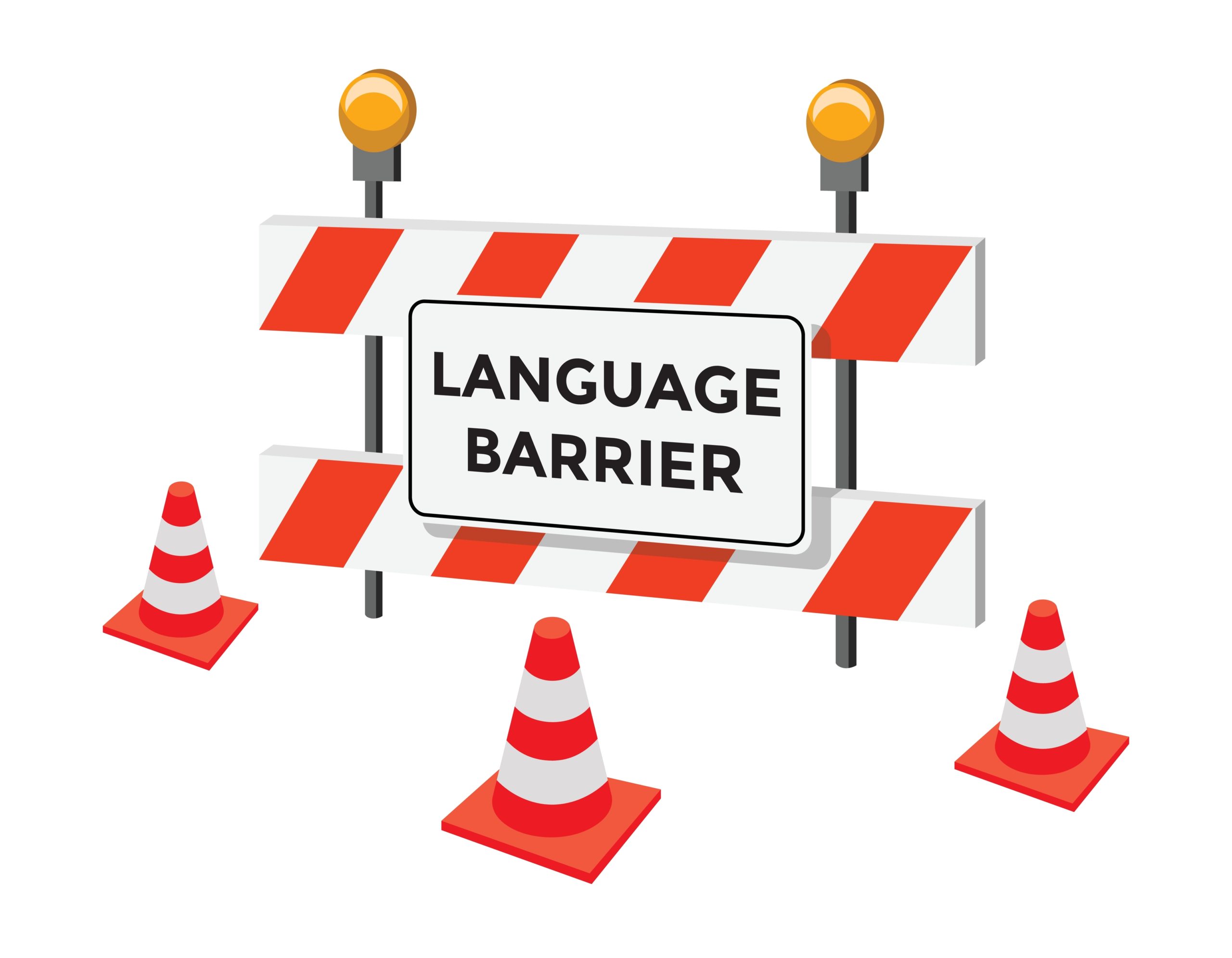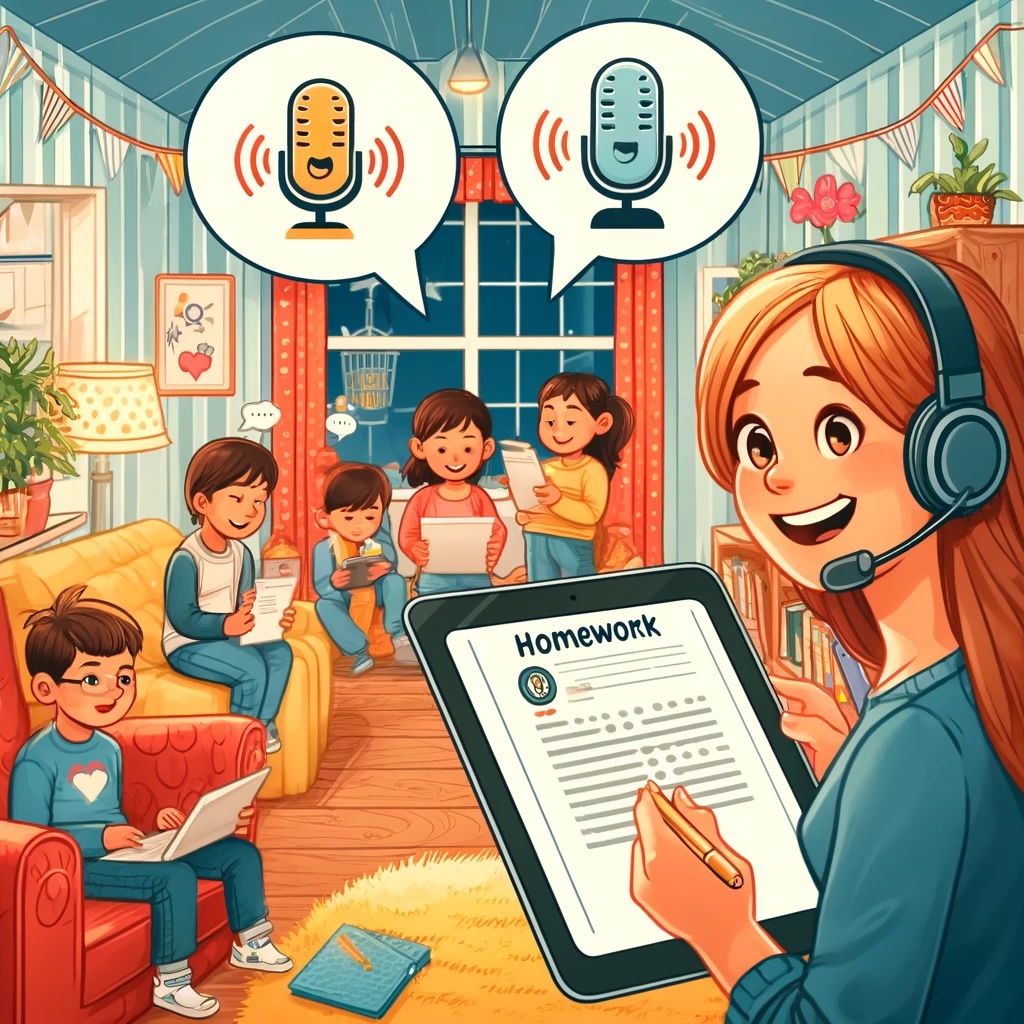In an era where technology is revolutionising every aspect of our lives, the way we communicate is no exception. The rapid evolution from handwriting to typing, and now to dictation, prompts the question: Does it really matter how we communicate if the means are constantly changing?
The Transition from Handwriting to Typing
Historically, handwriting was a fundamental skill, ingrained from early education and considered a marker of literacy and intellectual capability. However, the advent of typewriters and computers transformed typing into the dominant mode of written communication. This shift brought about numerous benefits—speed, legibility, and efficiency, to name a few. In professional and personal realms alike, typing became the norm, rendering handwriting somewhat obsolete for many.
The Rise of Dictation
Today, we find ourselves on the brink of another transformation: the rise of voice recognition and dictation technologies. With the proliferation of virtual assistants like Siri, Alexa, and Google Assistant, as well as advanced speech-to-text software, dictation is becoming an increasingly viable and attractive option. The convenience of speaking rather than typing or writing offers unparalleled speed and accessibility, making it especially useful in dynamic, fast-paced environments.
Does Handwriting Still Matter?
Despite the prevalence of typing, and the emerging dominance of dictation, handwriting retains unique value. Neuroscientific research has shown that handwriting can enhance cognitive development, improve memory retention, and facilitate learning in ways that typing may not. Handwriting also carries a personal touch, reflecting the writer’s individuality and effort. In creative fields, the physical act of writing can inspire deeper thought and connection to the material.
The Role of Typing in a Dictation-Driven World
As dictation gains popularity, the question arises: Does typing still matter? While dictation offers convenience, typing remains crucial for various reasons. Typing is often more precise, especially in noisy environments or when privacy is required. Additionally, typing skills are deeply integrated into professional and educational systems, making them essential for navigating current technological infrastructures.
Sound Branch: The Future of Communication
Looking ahead, the evolution of communication tools like Sound Branch underscores the importance of adaptability in our skills. Sound Branch, a voice-based communication platform, epitomises the shift towards dictation and real-time verbal interaction. In a future dominated by such technologies, the emphasis will be less on the method of communication—whether handwriting, typing, or dictation—and more on the quality and effectiveness of the communication itself.
The Core Skills of the Future: Resilience, Judgement, and Communication
As AI continues to automate tasks such as writing, coding, and painting, the human workforce must pivot towards skills that machines cannot easily replicate. Resilience, judgement, and communication will be paramount. Future leaders and employees will need to demonstrate strong communication abilities, sound judgement, and the capacity to take calculated risks. These attributes will be critical in navigating an increasingly complex and automated world.
Embracing Change
While the tools and methods of communication may change, the importance of effective communication remains constant. Handwriting, typing, and dictation each have their place and value. The key is to embrace these changes and focus on honing the skills that truly matter: resilience, judgement, and communication. By doing so, we can ensure that we are prepared for the future, no matter how it evolves.
The future of communication is not about choosing between handwriting, typing, or dictation, but about integrating these tools to enhance our ability to connect, create, and lead. Sound Branch and similar innovations are not just the next step—they are a call to refine and elevate our core human skills in a rapidly changing world.









